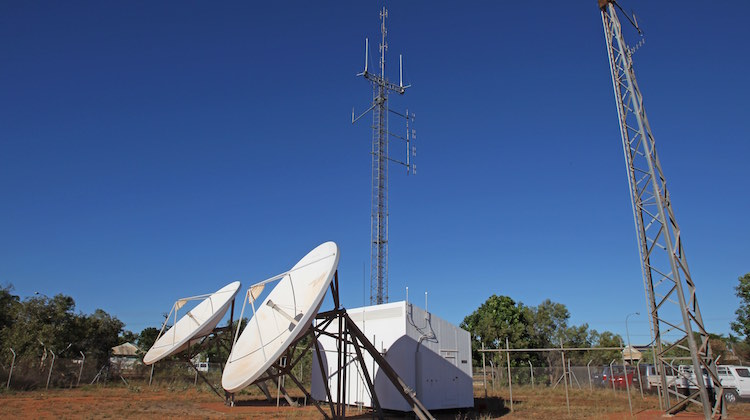
Australia’s aviation safety regulator has extended by almost three years the deadline for private aircraft to be fitted with Automatic Dependent Surveillance Broadcast (ADS-B) technology.
Under the new timeline, announced in the Civil Aviation Safety Authority (CASA) monthly CASA Briefing note, private aircraft registered before February 6 2014 flying under instrument flight rules (IFR) will now have until January 1 2020 to be fitted with ABS-B transponders, the satellite-based technology that enables aircraft to be accurately tracked by air traffic controllers and other pilots without the need for conventional radar.
The new deadline gives operators of those aircraft about three more years to make the switch, given the previous deadline was February 2 2017.
“The new ADS-B deadline for private operations will mean the remaining aircraft can be fitted with the equipment in an orderly manner – reducing the burden on owners, operators and avionics suppliers,” CASA said on Wednesday.
CASA said the change meant Australia’s ADS-B deadline would be aligned with the United States’ and would benefit a “small number of private aircraft operators who have not yet been able to fit the equipment while ensuring safety”.
“CASA continues to strongly encourage all aircraft owners and operators to fit ADS-B equipment due to the many safety benefits this technology provides,” acting CASA director of aviation safety and chief executive Shane Carmody said in a statement.
“ADS-B provides better air traffic information outside controlled airspace, greater ability to avoid bad weather, more accurate and faster search and rescue and more direct flightpaths.”
Although the deadline has been extended, CASA said aircraft conducting private operations under IFR without ADS-B would be subject to a number of conditions.
Non ADS-B IFR flights would be required to operate below 10,000ft in uncontrolled class G airspace, while they would be subject to air traffic control clearance in class D airspace, CASA said.
Further, they would only be operate in class C and E airspace “to facilitate arrival or departure from a class D aerodrome, with prior clearance from air traffic control and only if fitted with a secondary surveillance radar transponder”.
“Safety will not be compromised due to the range of conditions that will apply to the non-ADS-B flights,” Carmody said.
There were also CASA provisions for a “very small number” of foreign-registered aircraft to continue operating without ADS-B until the European deadline of June 6 2020, subject to air traffic control clearances and flying under 29,000 feet in continental airspace.
The current mandates require all Australian regular public transport, charter and aerial work aircraft to be fitted with ADS-B by February 2 2017.
Figures from Airservices showed about 89 per cent of all Australia-based IFR flights were fitted with ADS-B transponders at October 25 2016, including 62 per cent of IFR aircraft operating below 10,000ft.
However, separately the Airservices website notes that “no fewer” than 880 IFR-capable aircraft had yet to be fitted with ADS-B, “of which a vast majority have indicated they are intending to fit before the [February 2 2017] mandate”.
Airservices cites the Aircraft Electronics Association as saying the cost of a “simple” ADS-B installation “can be as low as $6,500”.
















Phil
says:When was the last time 2 GA aircraft collided in Australia
Rick J
says:Assuming Phil’s question isn’t entirely rhetorical, for 2 x GA aircraft the answer appears to be 8 December 2009. A more recent midair collision between GA and RAAus aircraft occurred on 10 November 2013. These are among 54 “Airborne Collision” occurrences investigated since 1969, as revealed by the ATSB Aviation search page (Advanced Search tab).
http://www.atsb.gov.au/publications/safety-investigation-reports/?mode=Aviation